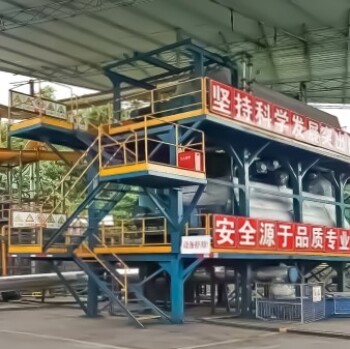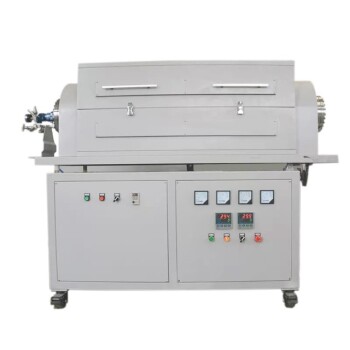Fast and slow pyrolysis of biomass are two distinct methods used to convert biomass into various valuable products such as biochar, bio-oil, and syngas. The primary difference between these two processes lies in the heating rates, temperatures, and residence times, which significantly affect the yields and types of products obtained.
Slow Pyrolysis: Slow pyrolysis is characterized by low heating rates, long residence times, and relatively low temperatures. The heating rates range from 0.1 to 2 °C per second, and the process is typically conducted at temperatures around 500°C. The residence times for both solids and gases can extend from minutes to days. This method primarily focuses on the production of biochar, with tar also being a significant product. The slow heating allows for extensive devolatilization and subsequent repolymerization reactions, leading to the formation of char. Slow pyrolysis is often used for charcoal production, where the goal is to maximize the yield of biochar, which can be up to 35% of the mass of the biomass.
Fast Pyrolysis: In contrast, fast pyrolysis involves rapid heating rates (10–200°C/s), short residence times (0.5–10 s), and moderate temperatures (400-600°C). This process is designed to maximize the production of bio-oil, which can account for up to 60% of the biomass mass. Fast pyrolysis also produces biochar and syngas, each accounting for about 20% of the output. The rapid heating and short residence times minimize the time for secondary reactions, which helps in preserving the volatile compounds as bio-oil. This method is particularly favored for its ability to produce a liquid product that is easier to store and transport than gases or solids.
Economic and Environmental Advantages: Both slow and fast pyrolysis offer economic and environmental benefits. They utilize renewable resources, convert waste materials into valuable products, and can be energy self-sustainable. Pyrolysis also allows for the conversion of low-energy biomass into high-energy density liquid fuels, enhancing both environmental sustainability and economic viability. Additionally, these processes have the potential to produce chemicals from biological resources, further expanding their economic and environmental potentials.
In summary, the choice between slow and fast pyrolysis depends on the desired end products and the specific operational parameters that can be achieved. Slow pyrolysis is ideal for biochar production, while fast pyrolysis is optimized for bio-oil production, each offering unique advantages in terms of product yield and process efficiency.
Discover the game-changing potential of pyrolysis with KINTEK SOLUTION's cutting-edge equipment and expertise. Whether you're looking to maximize biochar production through slow pyrolysis or extract valuable bio-oil through fast pyrolysis, our solutions are tailored to unlock the true value of biomass. Embrace sustainability and efficiency with KINTEK SOLUTION – your partner in advanced pyrolysis technologies. Contact us today for a free consultation and step into a greener, more profitable future!












